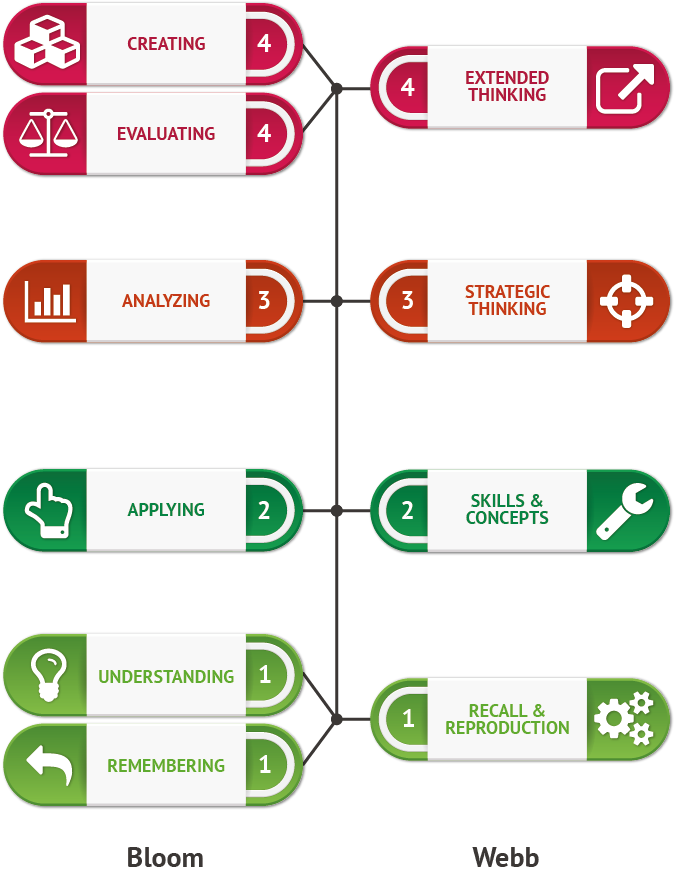Widely-adopted Strategies for Teaching Kids Financial Responsibility
In today’s economic climate, Teaching Kids Financial Responsibility is paramount to their future wellbeing. On this site we offer resources, information, and evidence-based strategies to help individuals interested in Teaching Children Financial Responsibility achieve their goals.
Vital Advice for Teaching Children Financial Responsibility

1. Teaching Kids Financial Responsibility has Benefits, Rewards
Learning how to teach your child financial responsibility has many benefits, both for the child’s future and for your peace of mind. Here is an example of how it works:
Mariana Gonzales was a certified financial planner and parent of three kids, aged 7, 11, and 15. Given her financial background, she knew that teaching Your child financial responsibility was important. But she didn’t have any experience teaching children, and wasn’t sure exactly how to tailor personal finance lessons to be age-appropriate for all her kids’ life stages. After doing some research and contacting the NFEC, Melanie found out that there were materials available for each of the age ranges her children fit into, and that there were optimal ways to reach kids at different periods in their growth.


2. Identifying Youth Needs – The Next Part of Teaching Kids Financial Responsibility
Mariana’s initial need in learning how to teach your child financial responsibility was just to give all three of her kids a “big-picture” overview of personal finance topics, but her hope was to continue teaching them more about money management as she prepared them to move out on their own. For the first objective, she set a goal of getting them to the Understand tier on Bloom’s Taxonomy of Higher-order Thinking Skills, where they gained an understanding of some basic concepts and facts and could compare, organize, and interpret those ideas. Education research on how to teach kids about money demonstrates the path up toward higher order thinking skill sets as they gain foundational knowledge.
3. How Should We Deliver the Material? And at What Pace?
After Mrs. Gonzales had clarified her short-term goals and future vision for Teaching Kids Financial Responsibility, her next task was to choose how to deliver the material. Because her kids fit into different age groups, she decided to build the initial lessons individually for each child, and that she would deliver the lessons herself in person; but she also wanted to find a mobile app that would keep her oldest daughter engaged and interested in responsible money management.


4. Selecting Topics of Emphasis Next Stage of Teaching Children Financial Responsibility
Her next step was to identify the subjects she would focus on for Teaching Children Financial Responsibility. Because they fit into different age groups, Mariana decided to start with lessons on financial psychology for her 7- and 11-year old; and on budgeting, savings, and career planning for her 15-year-old. By choosing age-appropriate material relevant to each kid’s stage of growth, she would get them started toward financial wellness while laying the groundwork for ongoing lessons throughout their development.
5. Hiring Assistance or Gaining Professional Credentials?
Now Mariana was faced with the question of finding an educator well-qualified in how to teach your child financial responsibility. She wanted to teach them herself, but although she knew a lot about financial planning for adults, she wasn’t confident in her ability to teach kids. Because she knew finances but didn’t feel self-assured about teaching children, she decided to go through the NFEC’s CFEI training and gain Certification as a Financial Education Instructor. She could be assured that her kids received instruction from a qualified educator who met national standards.


6. Materials and Resources: Choosing a Curriculum for Teaching Kids Financial Responsibility
Next, Mariana sought to find curriculum materials for Teaching Kids Financial Responsibility that would meet her kids’ needs, and that aligned with standards for best practices in both personal finance and education. She wanted something that would incorporate suitable scaffolding for each child’s developmental stage. Mariana accomplished that goal by choosing curriculum with topics covered through engaging, interactive activities that were also practical and action-based.
7. Record and Track Results to Increase Motivation
Mrs. Gonzales recorded data on her kids’ progress through her efforts toward Teaching Children Financial Responsibility, because through her profession she knew the importance of demonstrating the impact of financial choices to keep people motivated toward their goals. She used the resources here to give them short pre- and post-tests about what they learned, and was able to show them that they’d improved their knowledge by about 20% after just the first lesson.

8. First Try = Success. Now Follow Up with Far-reaching Reinforcement
Mariana knew that her first try at how to teach your child financial responsibility was just a start, and that she would need to keep reinforcing the money management knowledge she gave her kids ongoing over time. First, she gave each kid a small reward for completing the first lesson. Then Mariana set up a system where she would match any money they put in their savings accounts each time they did a personal finance lesson with her.
